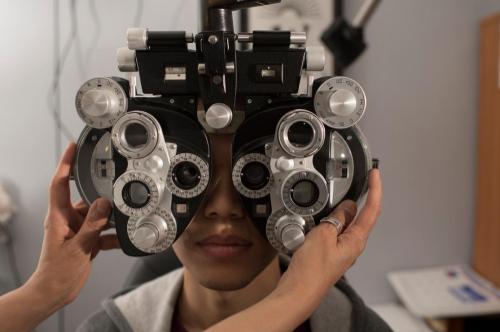
A Randomized, Multicenter, Double-Masked, Vehicle-Controlled Phase 2/3 Study to Evaluate the Safety and Efficacy of NEXAGON® (Lufepirsen Ophthalmic Gel) in Subjects with Persistent Corneal Epithelial Defects (NEXPEDE-1)

The clear layer at the front of the eye that covers the pupil and iris (colored part of the eye) is called the “cornea”. When the cornea is damaged, it normally heals within a few days but it may take up to 2 weeks depending on the size and depth of the defect (wound). Some corneal defects heal much slower than expected. A defect in the cornea that fails to heal within the normal time of 2 weeks despite using the best available medicines and procedures, is known as Persistent Corneal Epithelial Defect (or PCED for short). The purpose of this research study is to evaluate the safety, tolerability, and effectiveness (risks and benefits) of of NEXAGON ophthalmic gel for the treatment of PCEDs.
• at least 2 years old
• diagnosis of Persistent Corneal Epithelial Defect (PCED) for at least 2 weeks that hasn't responded to one or more conventional non-surgical treatments
• active eye infection that requires treatment
• additional eye conditions that exclude study participation (study staff will review)
Drug: Vehicle, Drug: lufepirsen high dose, Drug: lufepirsen low dose
Vision & Eyes
Cornea, Persistent Corneal Epithelial Defect, Vision Loss